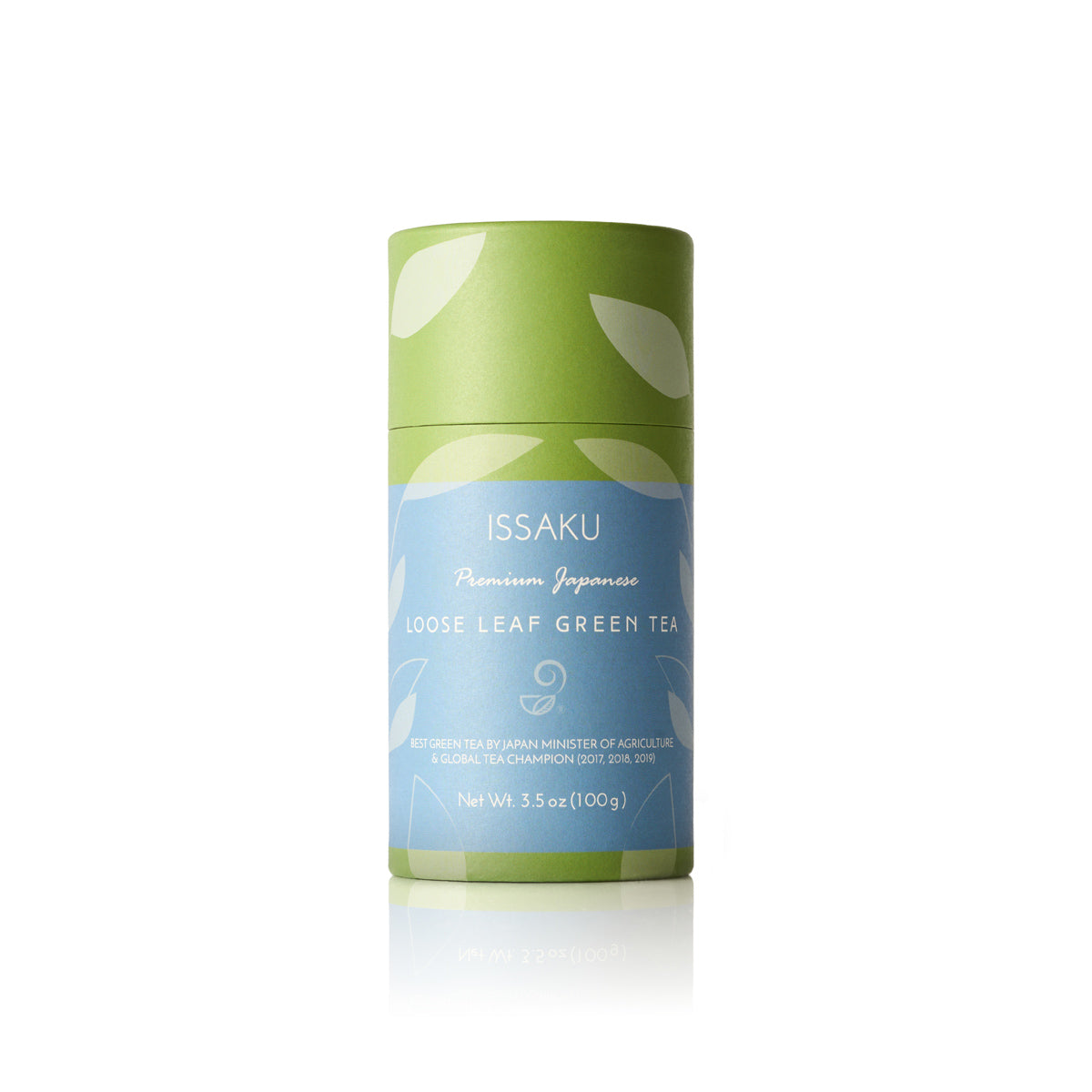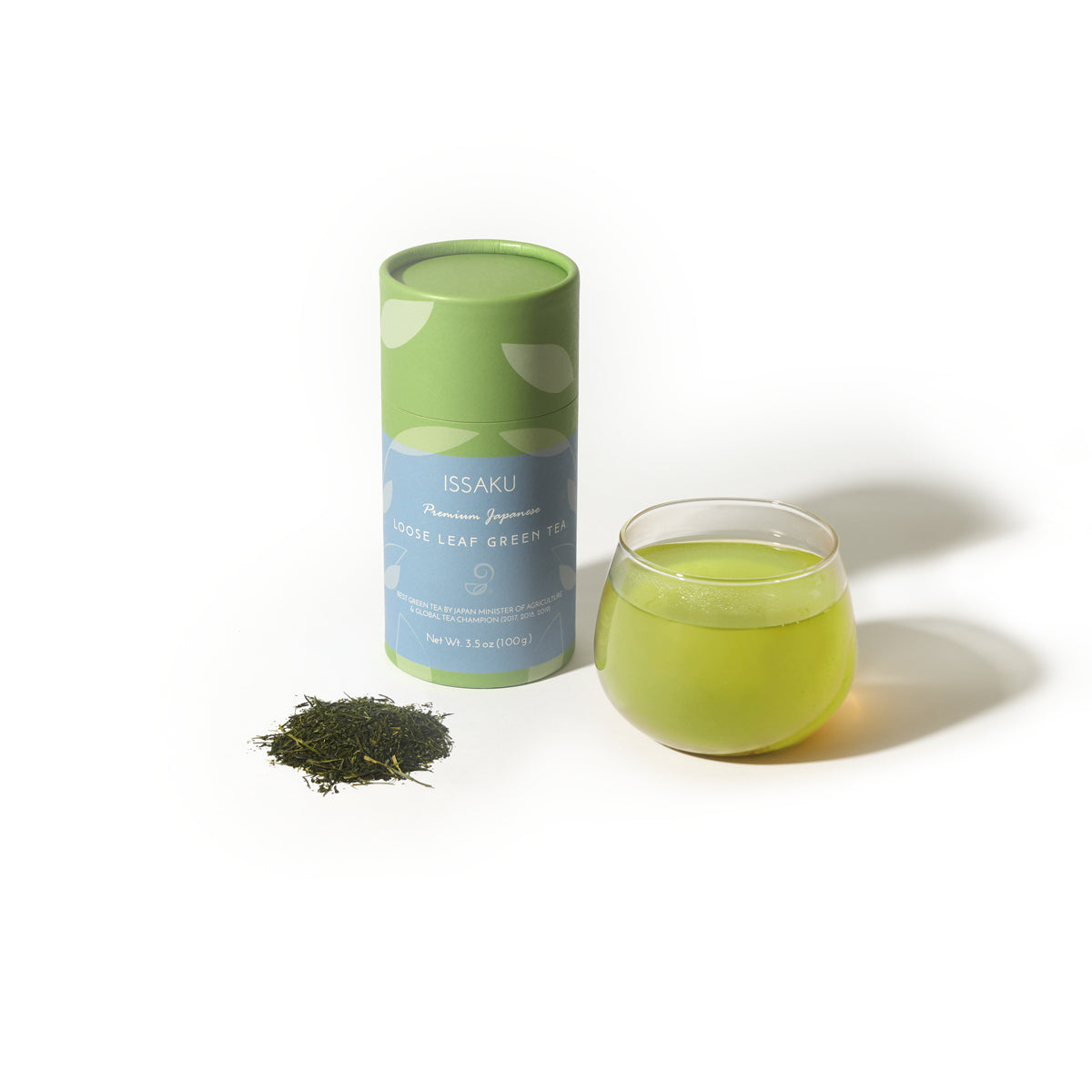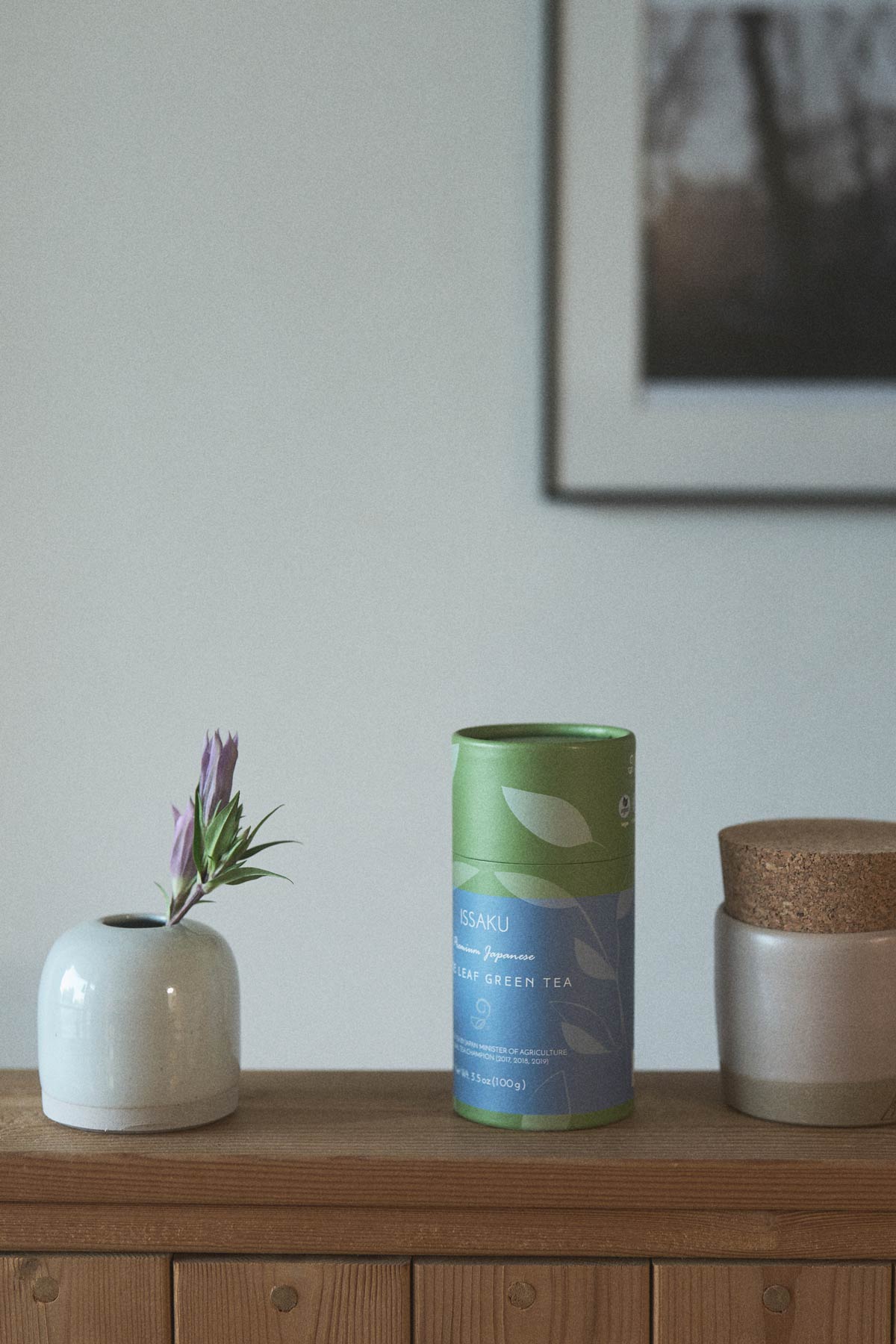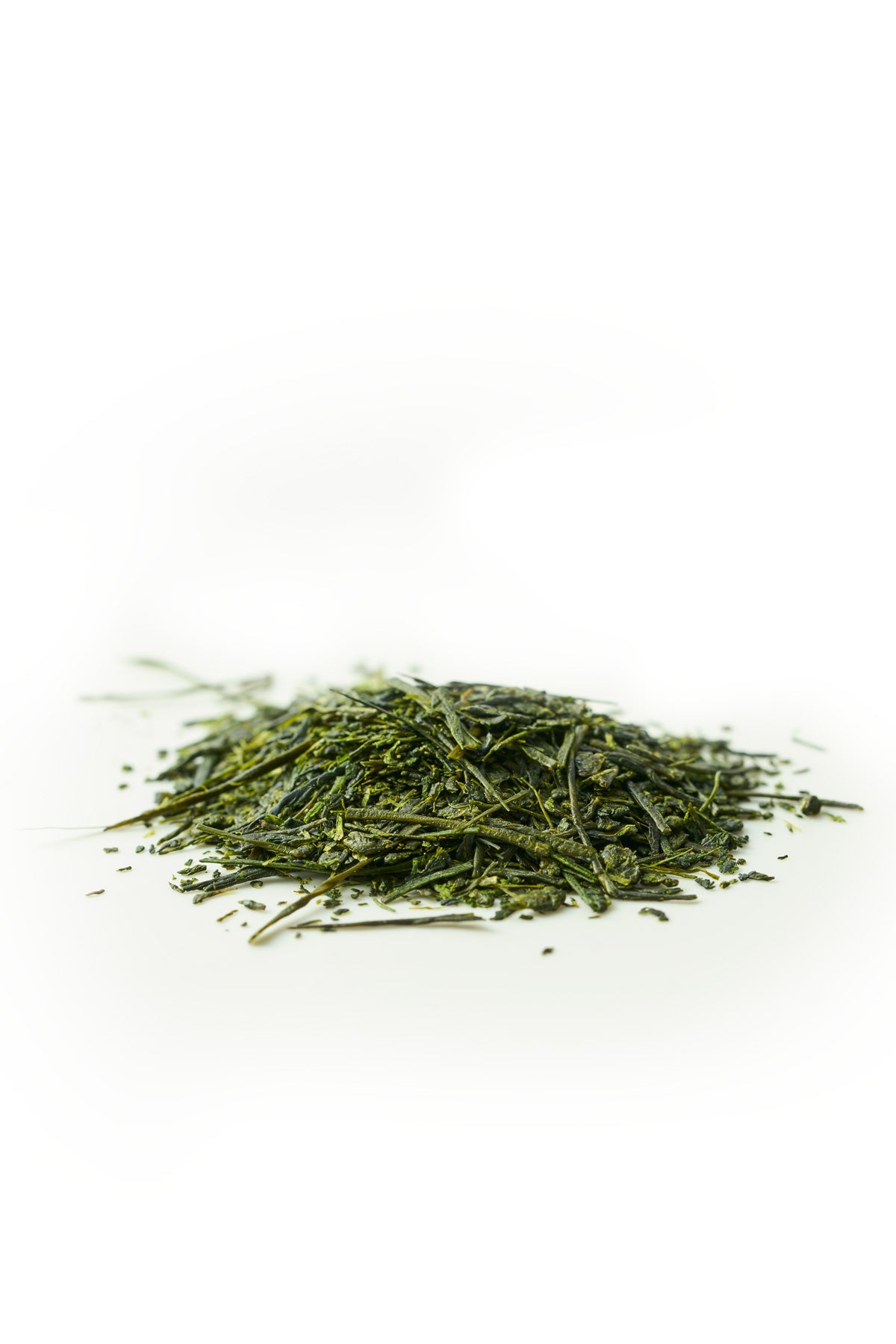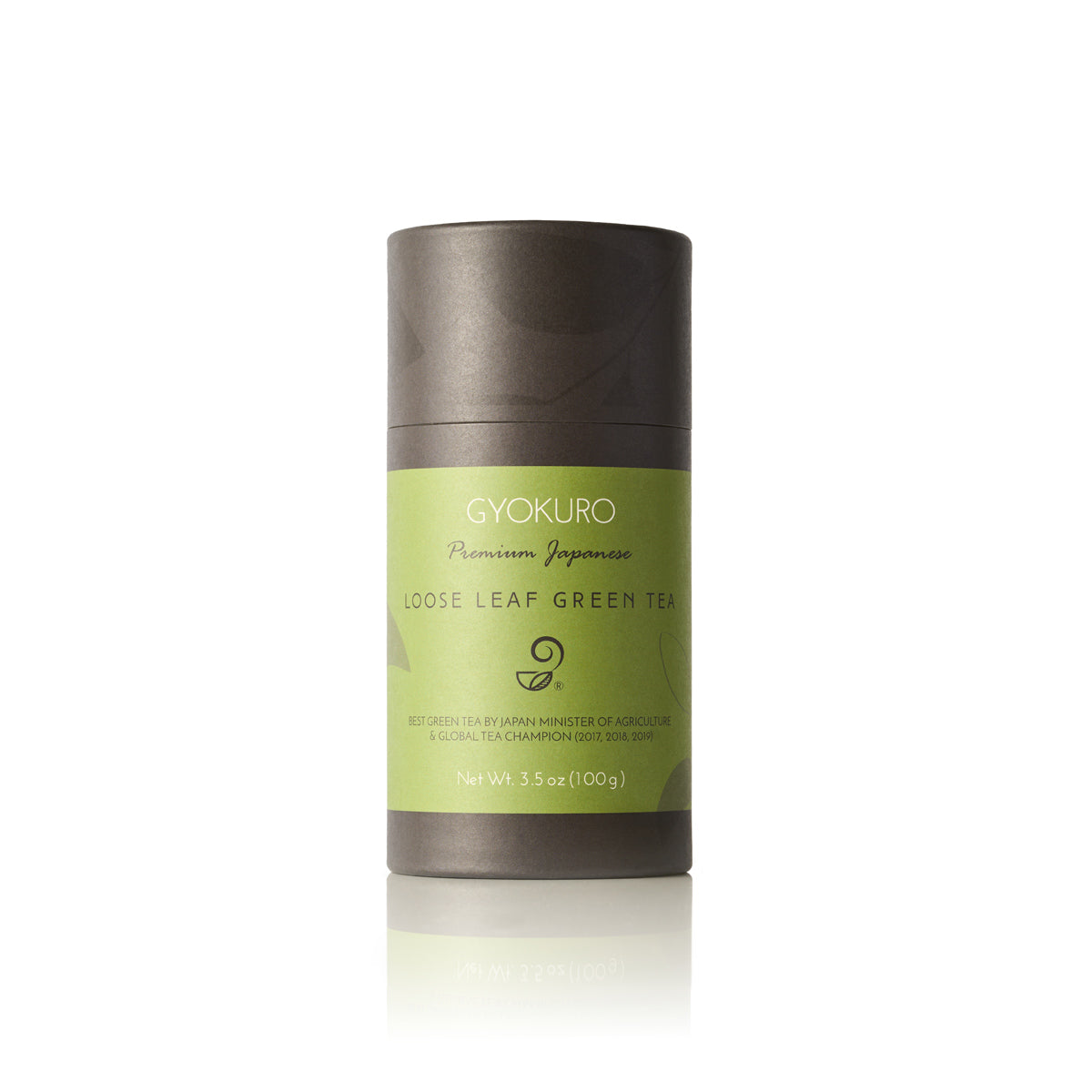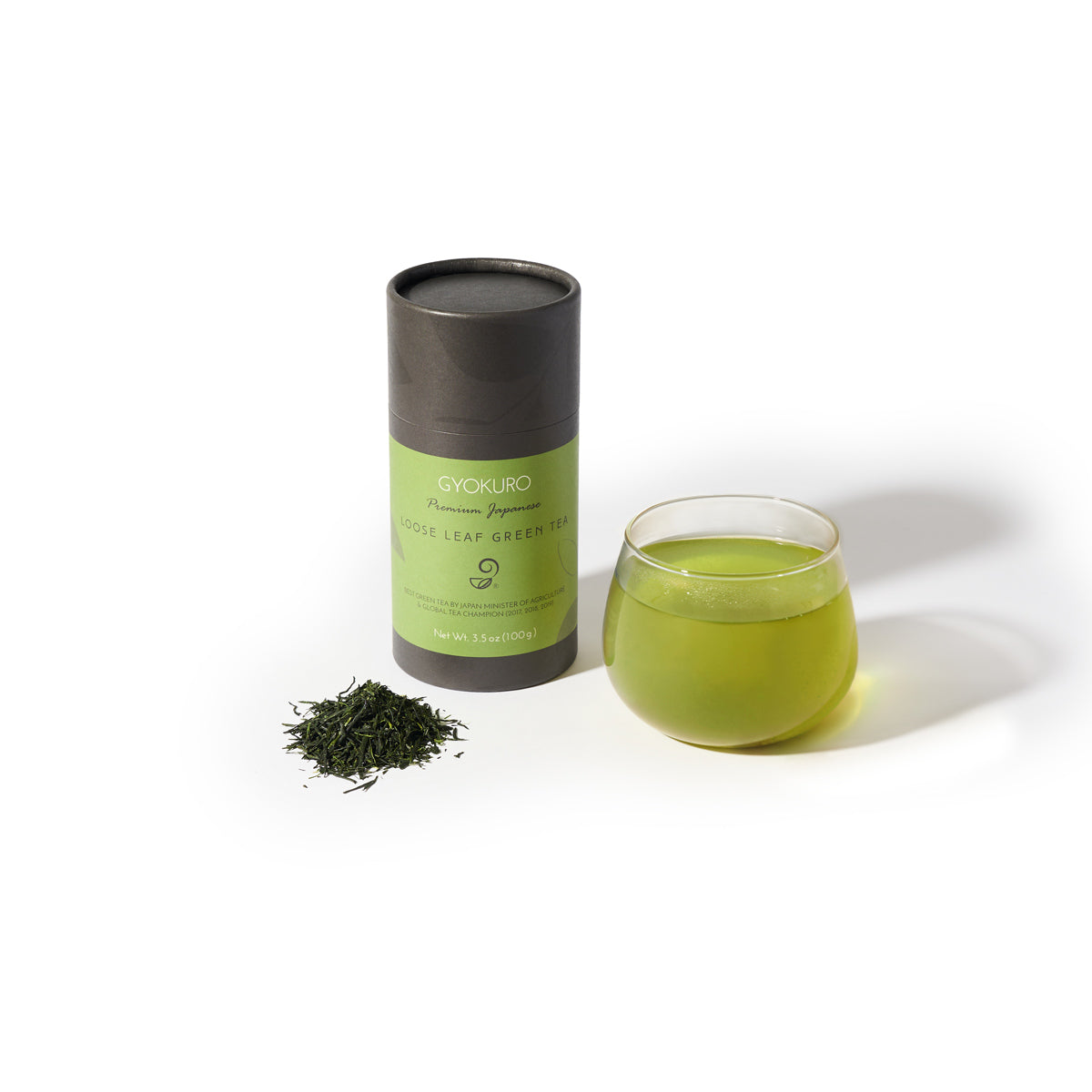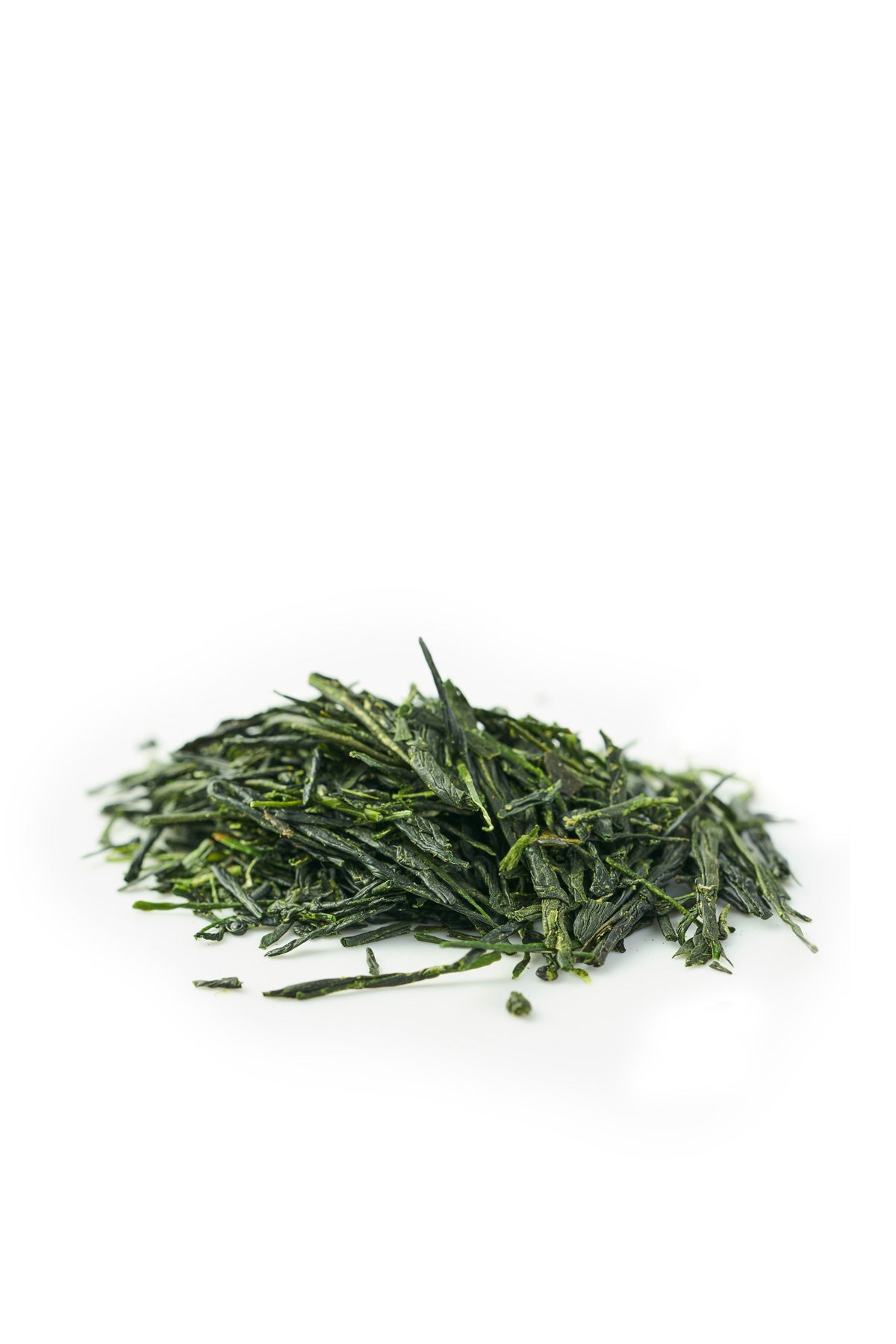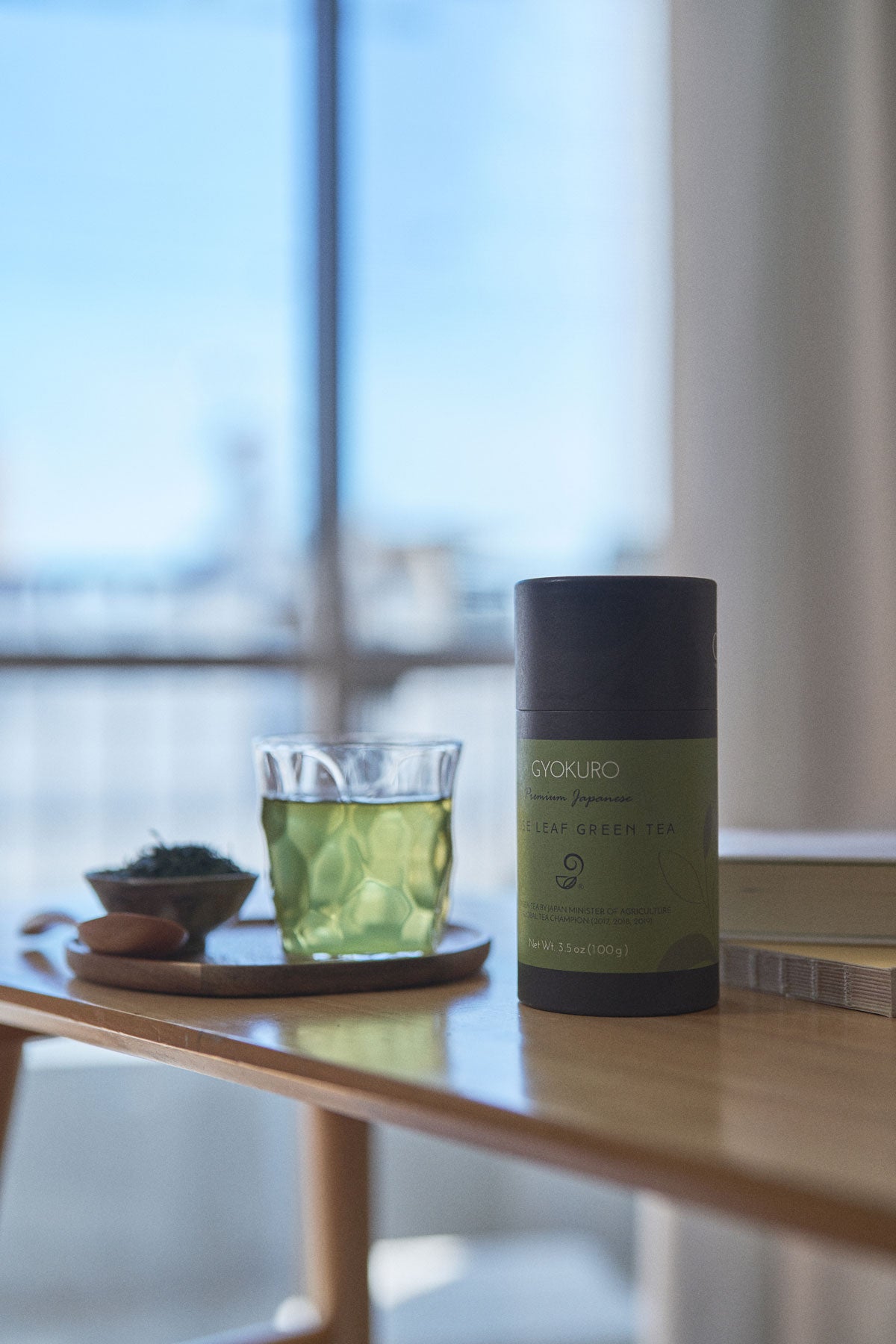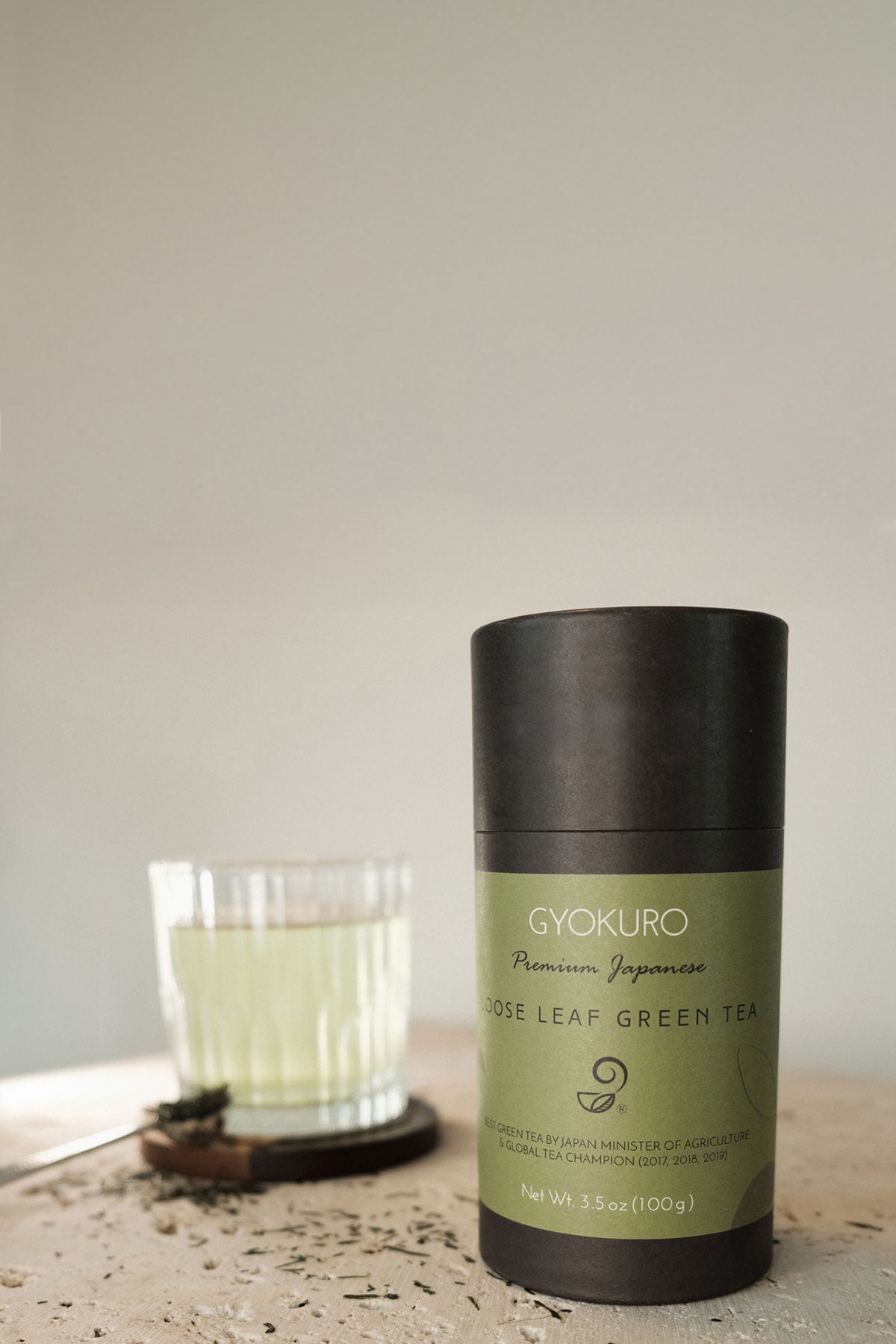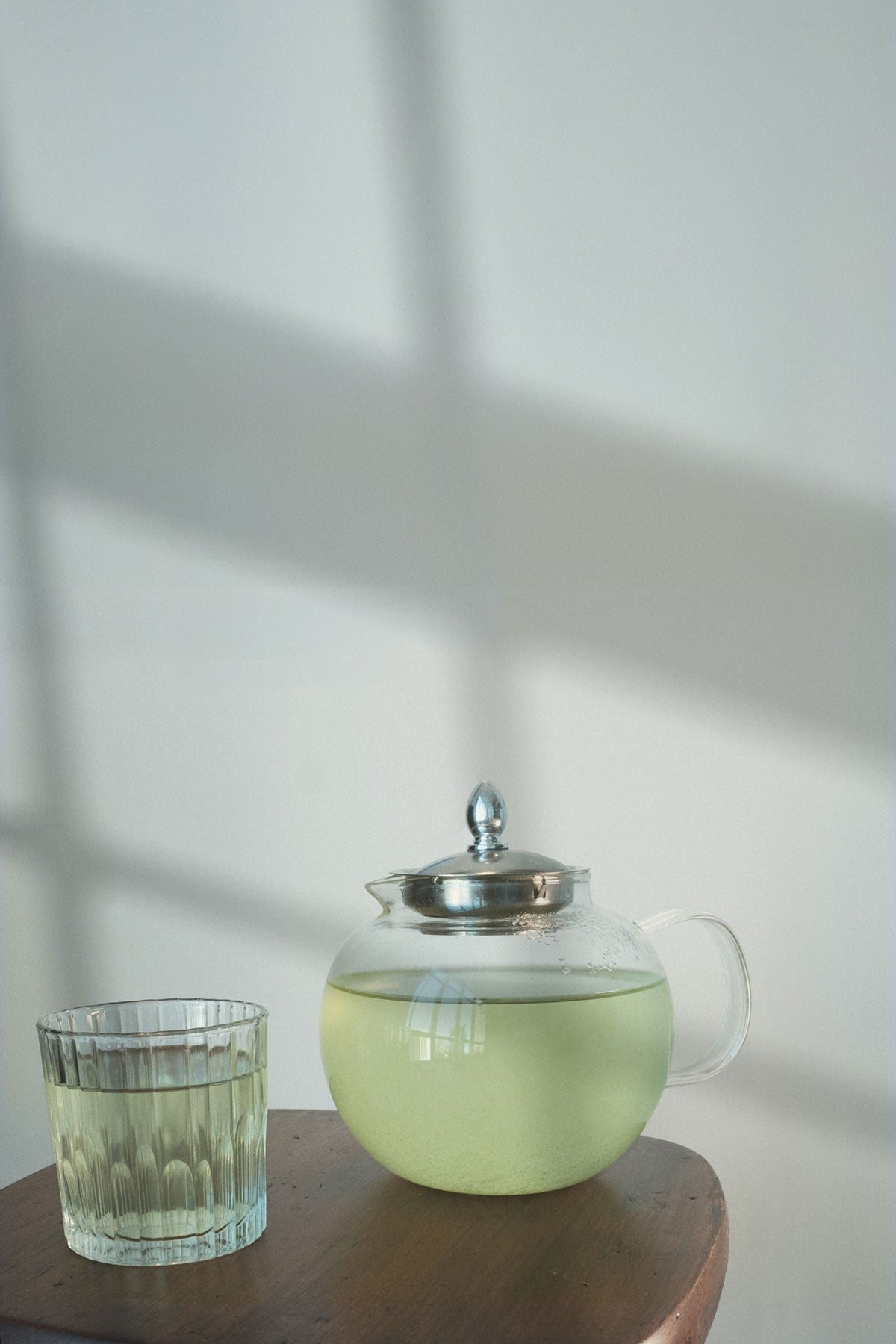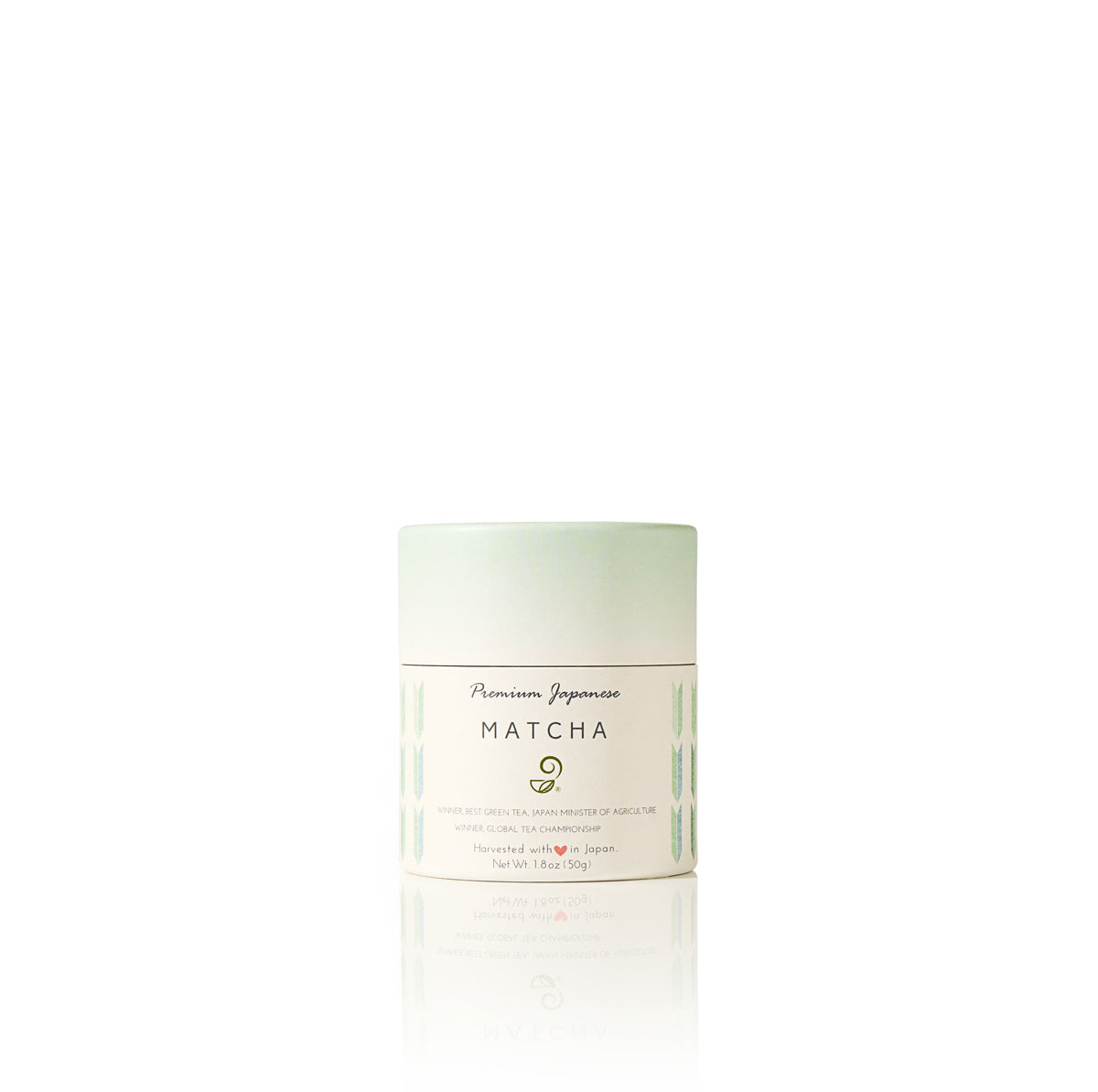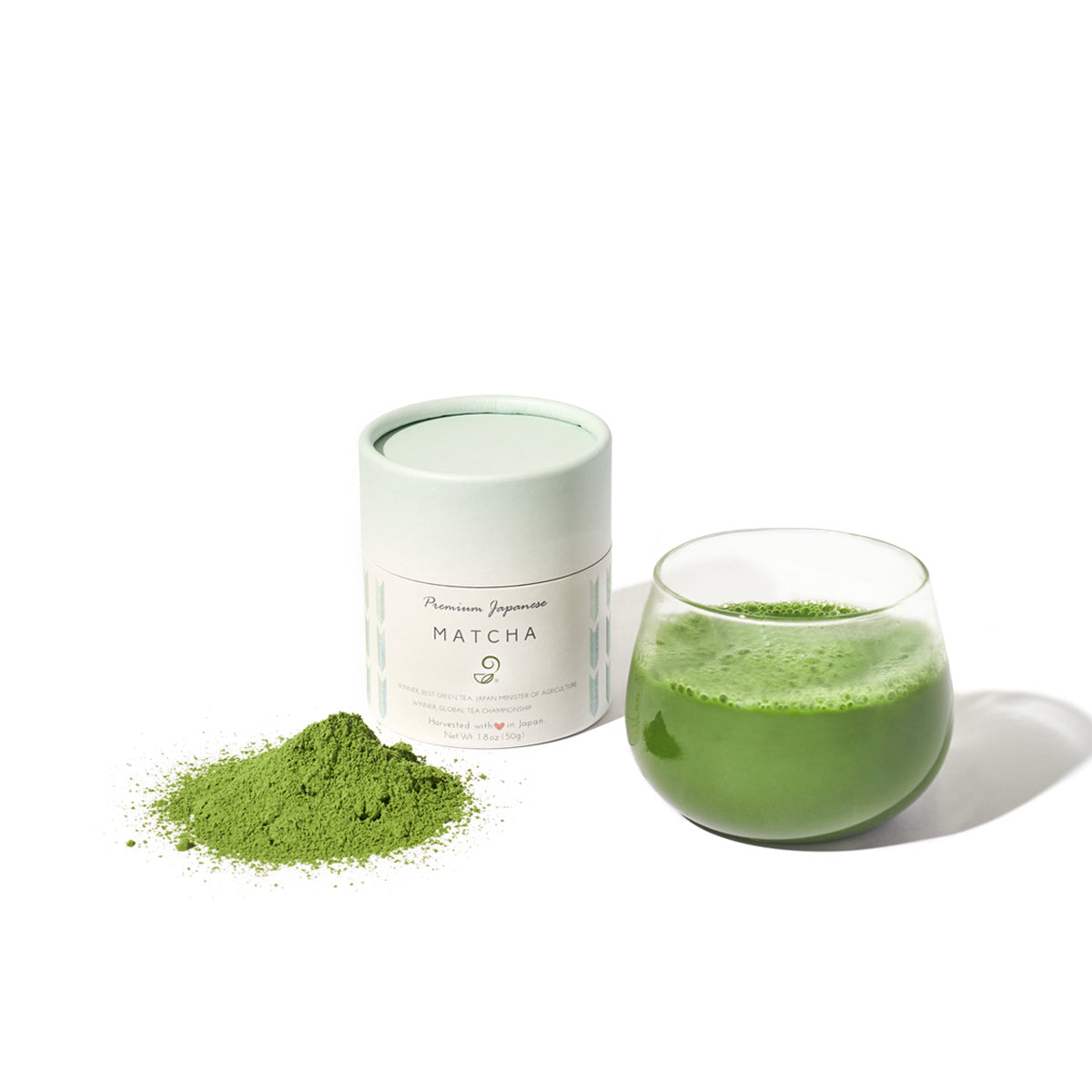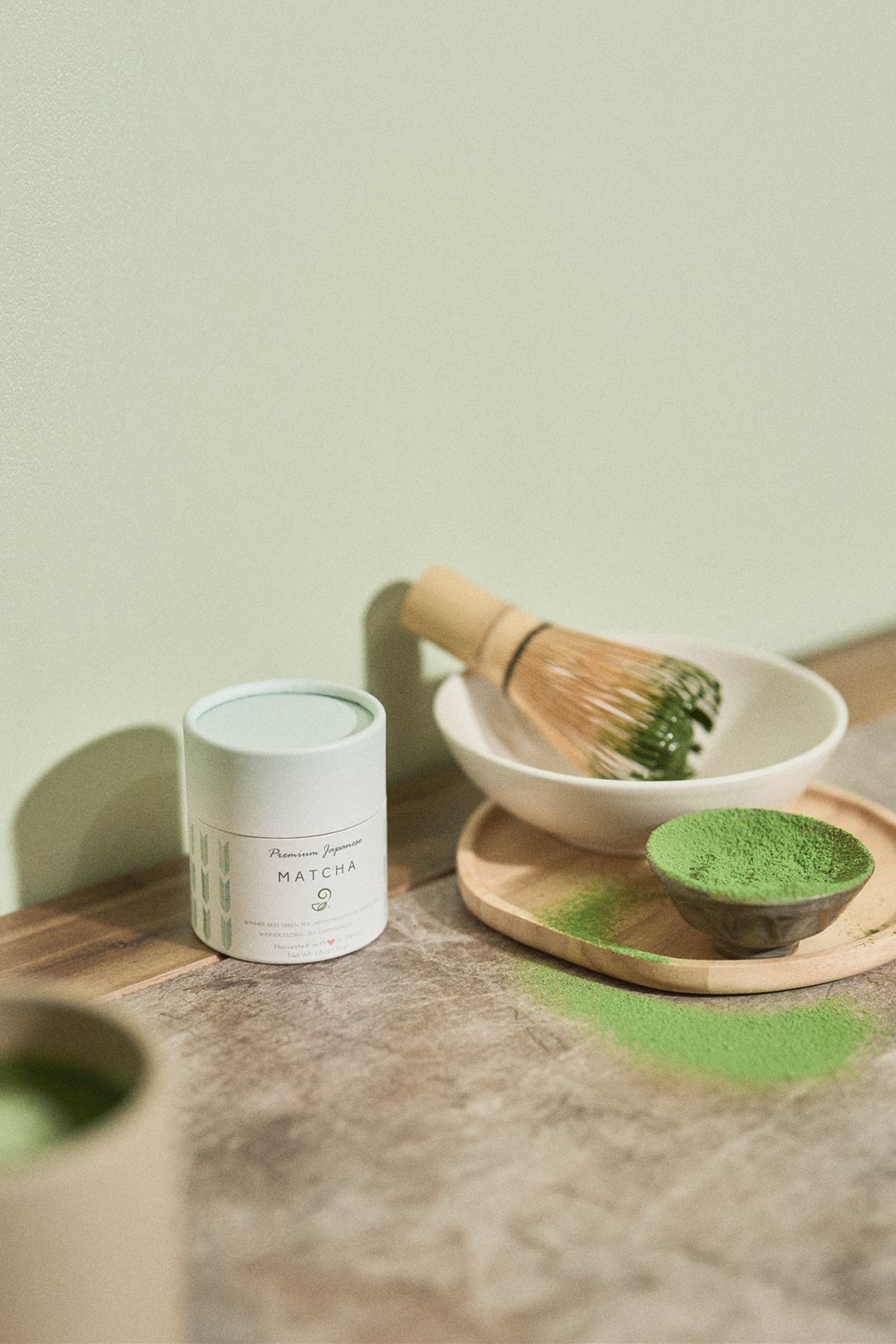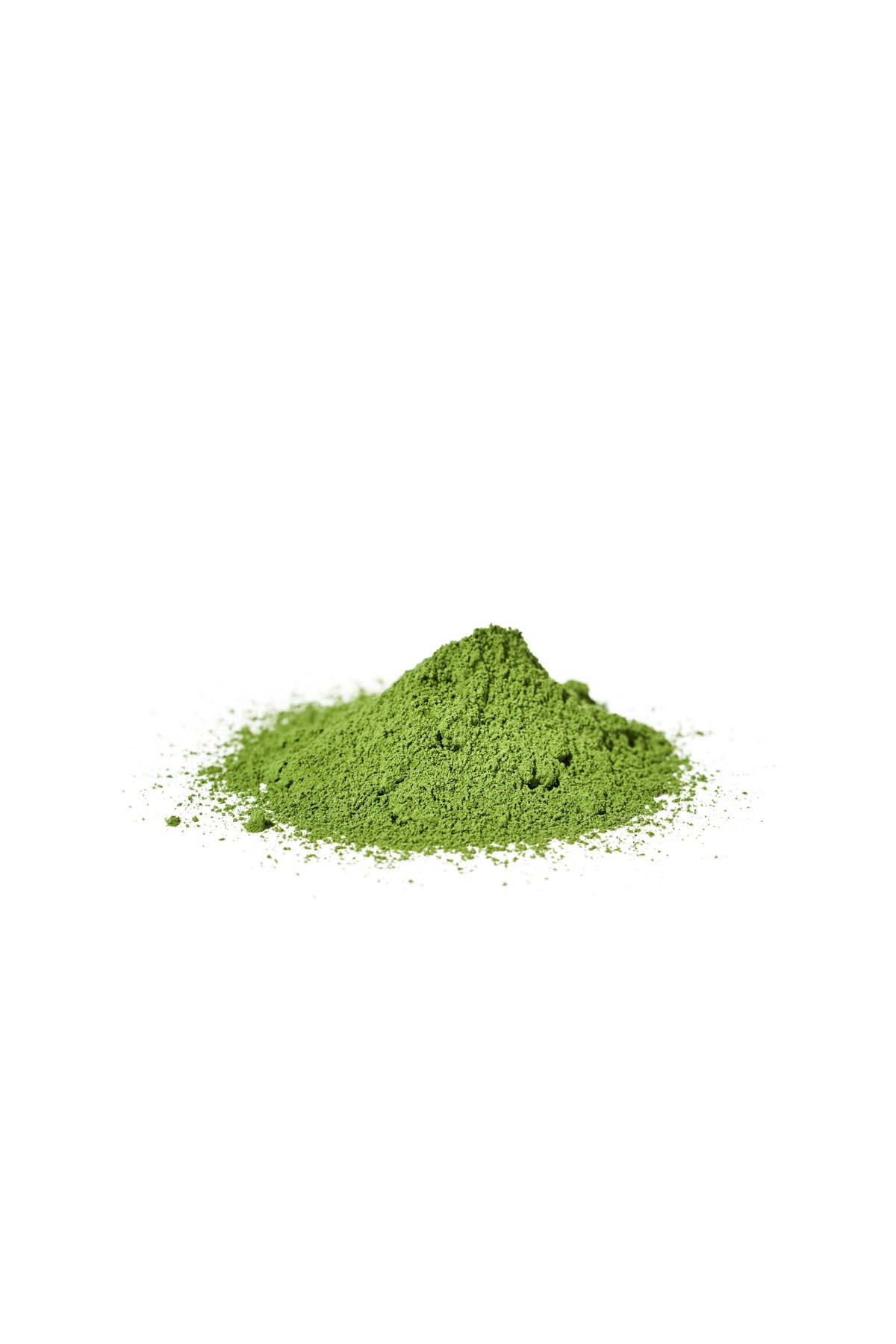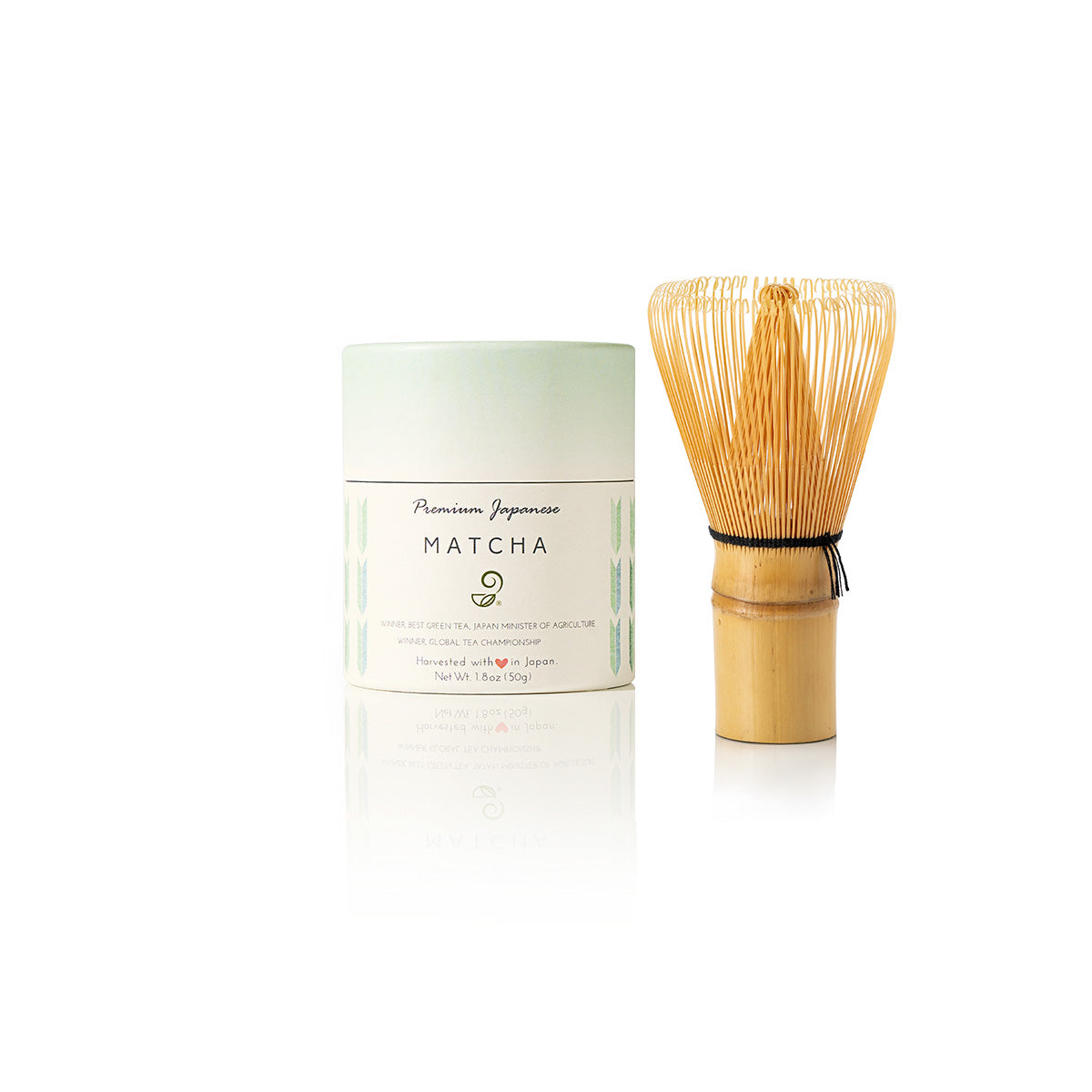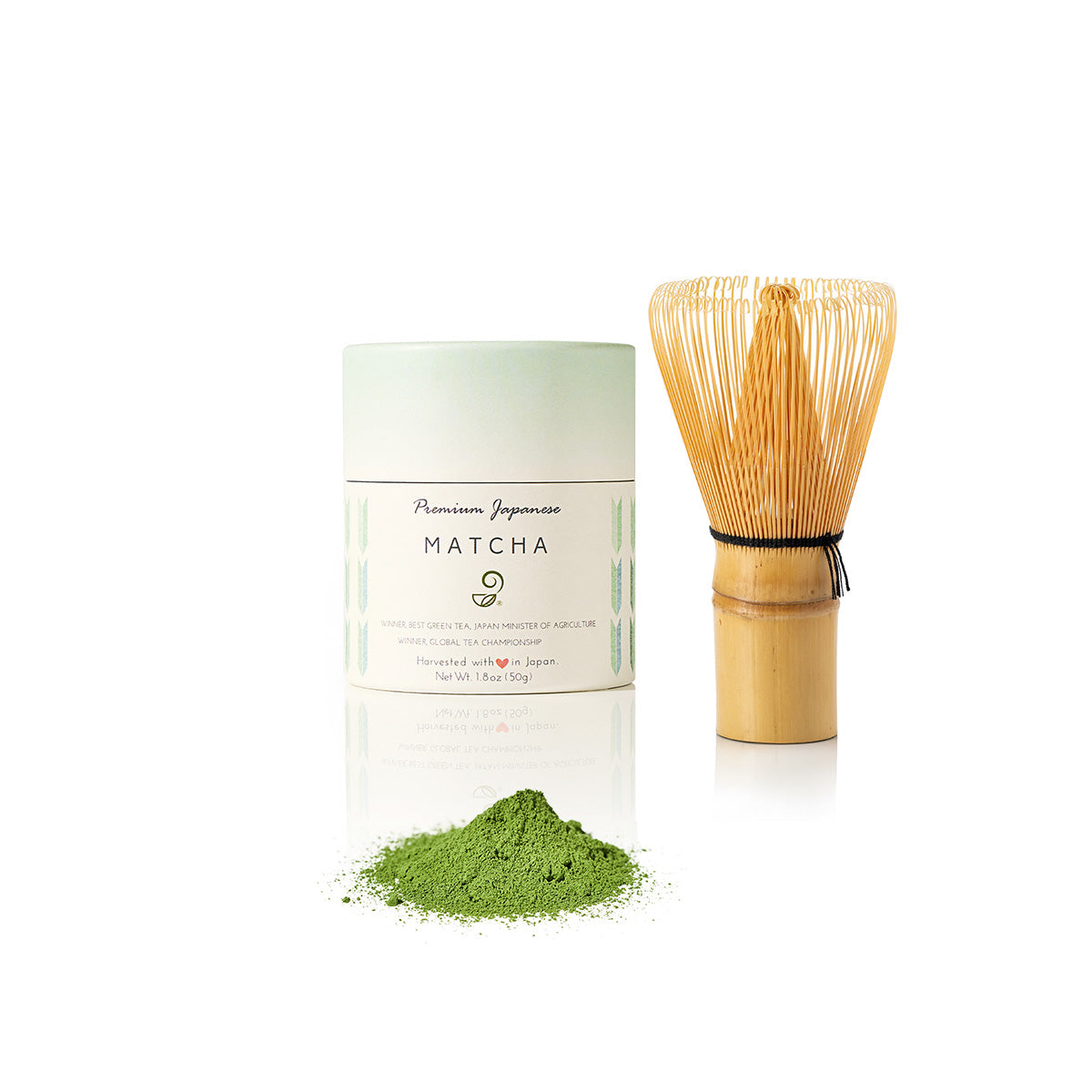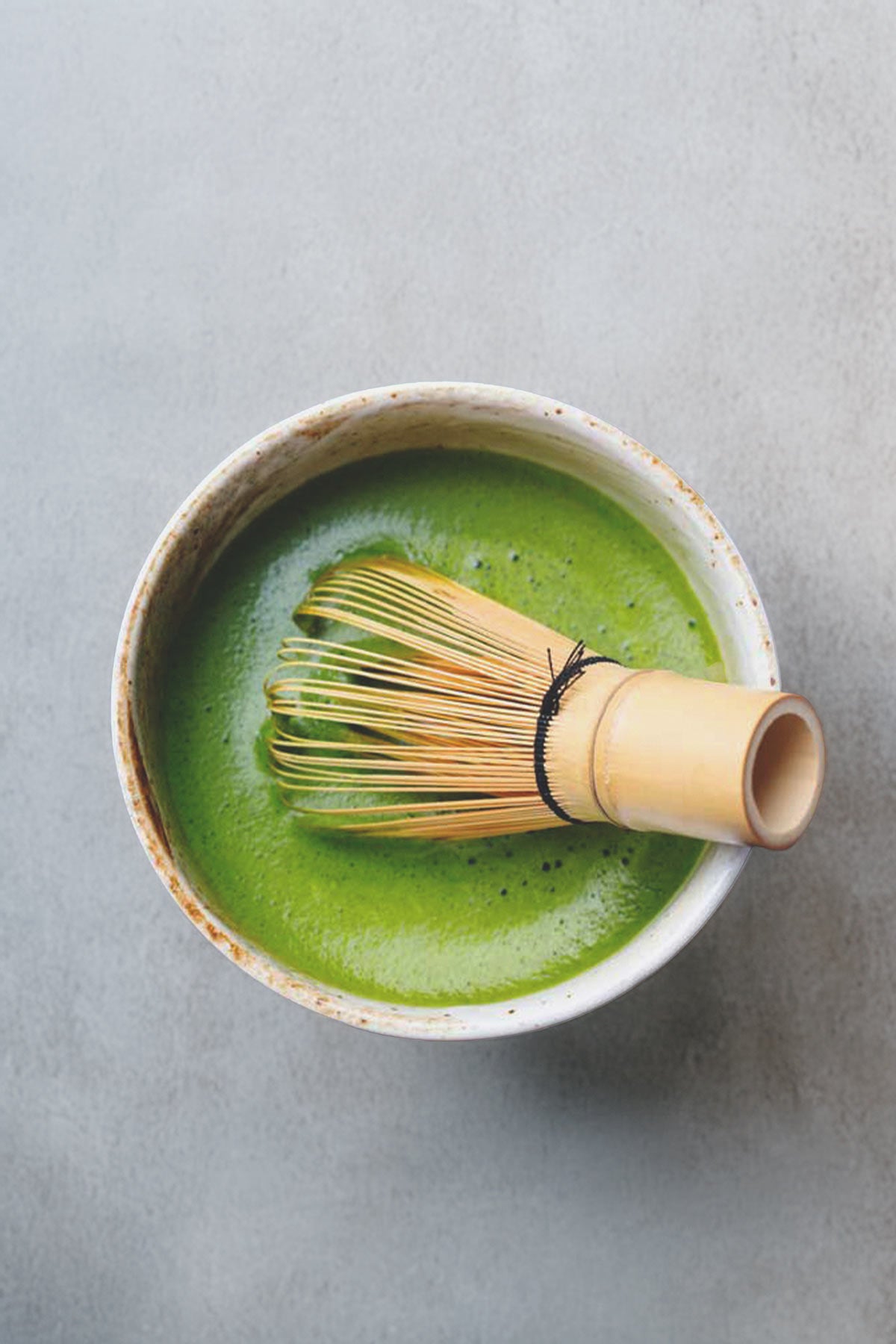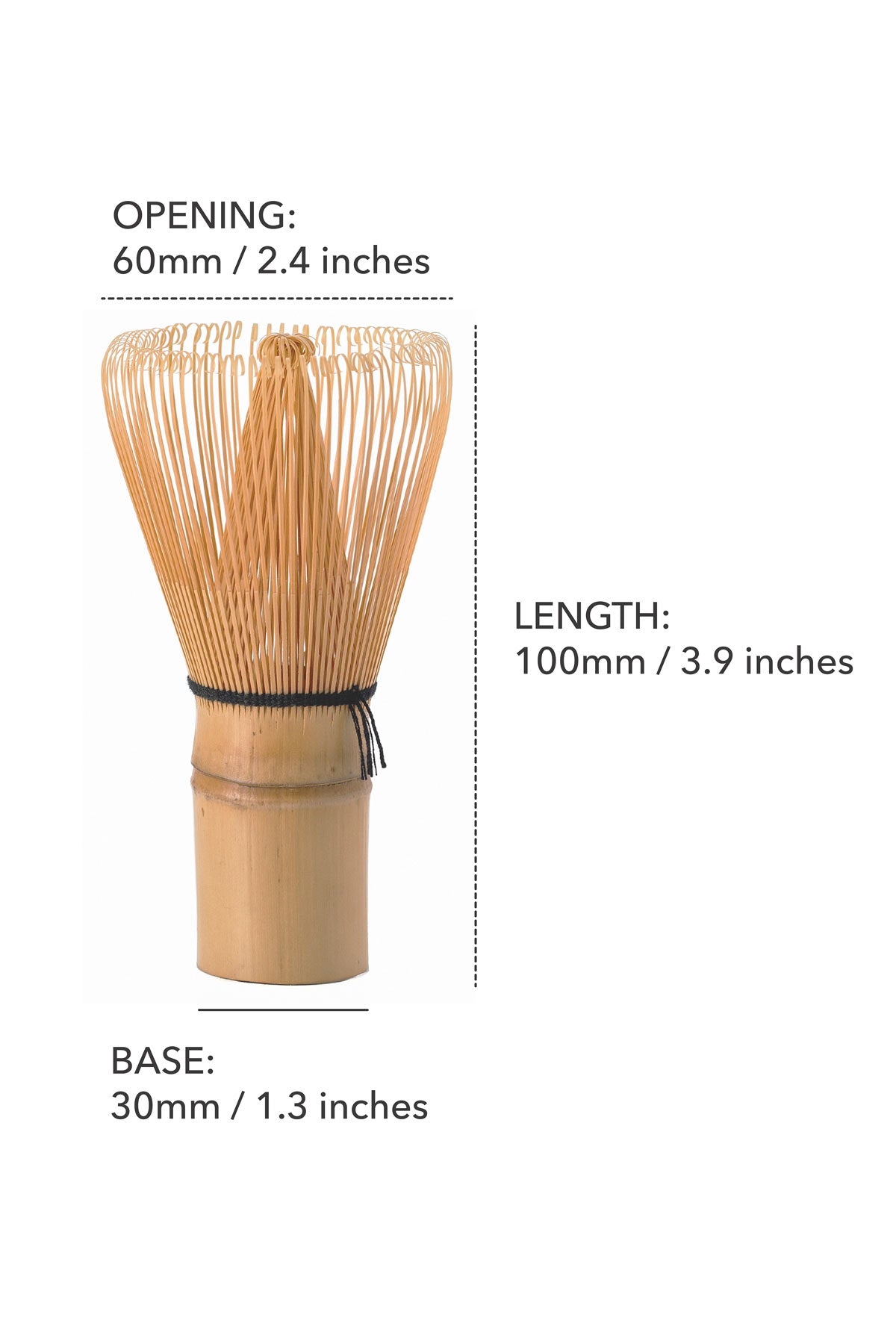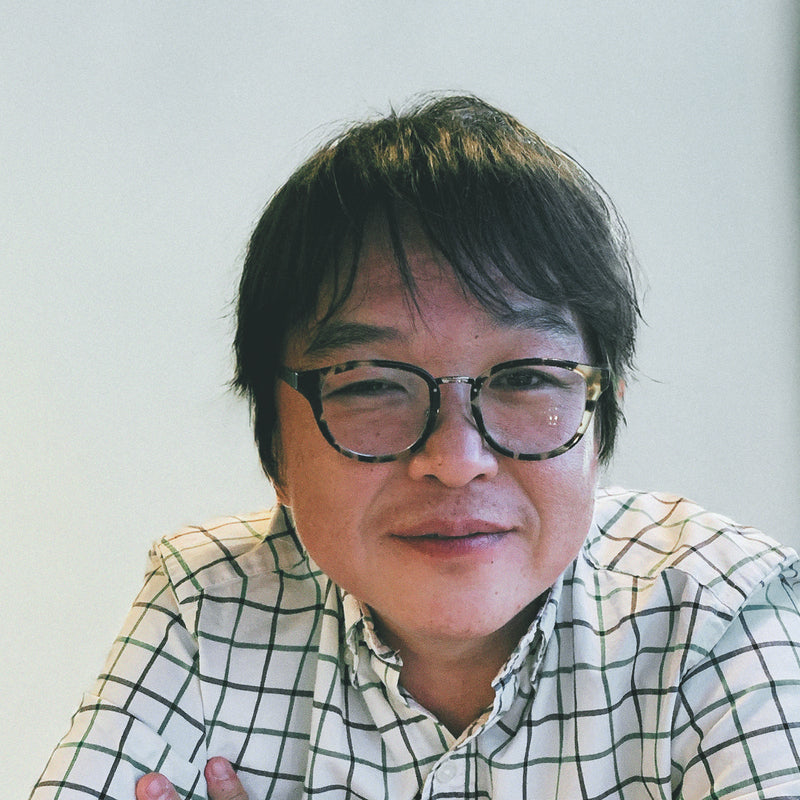Earlier, we talked about a famous Japanese tea master – Sen no Rikyu. One of his most famous sayings is
“Let flowers be as they are in the field (花は野にあるように)."
Why would a tea master talk about flowers and fields? Why is this saying so important and is studied intensely as a foundational principle by Japanese tea ceremony experts? I hope to answer all those questions you might have, as I will discuss the importance of flowers, Ikebana (or Kadou), the Japanese art of flower arrangement, and the beautiful relationship between flowers and Sadou, the art of Japanese tea ceremony.

What is Ikebana 生け花?
Ikebana comes from two Japanese words – Ikeru (to be alive/ to arrange) and Hana (flowers). In simplest terms, it means to arrange flowers or to make flowers "alive." Ikebana is also known as Kado (The way of flowers), just like Sadou (The way of Tea). Kado (the way of Flowers), Sado (The Way of Tea), and Kodo (The Way of Incense) are regarded as the three classical Japanese arts of refinement and have been an integral part of Japanese history and culture for centuries.
The tradition of offering flowers dates back to the Heian period (794-1185) when flowers were presented at altars. Slowly, over time, it evolved into an art form as Zen tea masters began arranging flowers beautifully at the Tokonoma (alcove) of Chashitsu (Japanese-style tea rooms). Ikebana art form reached its peak in the 16th century, and even today, it has a major following with thousands of schools of Ikebana with their styles, principles, and techniques.
With so many Ikebana schools of teaching, introducing all of them is beyond the scope of today's discussion. However, there is a particular style of Ikebana that I would like to introduce today, as it has been inspired by Sen no Rikyu, the most famous tea master of Japanese Tea ceremony. This style of Ikebana is called Nageire-bana, or simply Nageire (meaning ‘thrown in’).
Nageire-Bana and Chabana – How Sen no Rikyu Influenced the Art of Ikebana and Gave Birth to a Unique Style of Flower Arrangement
The art of Ikebana is quite complex and refined, and is not simply a matter of placing flowers in a vase. Most styles of Ikebana require years (more than 50!) of practice and learning to master. The type, color, origin, and symbolism of the flowers and flower pots must be considered carefully. On top of that, one has to pay attention to the length of the flower stalk, the number of leaves to keep, the symmetry and balance of the overall arrangement, and many other factors. While this type of Ikebana with many rules and regulations was prevalent in the past, Sen no Rikyu took a different approach. He wanted something that aligned with the philosophy of Wabi-cha, something more straightforward, natural, and humbler. This is how the Nageire style of Ikebana was born. Nage-ire means to be thrown in, and as the name suggests, in this style of Ikebana, flowers are arranged in a simple style to make it look like it has been taken from nature and 'thrown in' to the flower pot, without flowing strict rules. It is an exquisitely beautiful yet less formal style of Ikebana that completely matches the spirit of Wabi-cha. It makes the flowers look like they are still in their natural habitat, like the fields or the garden. It is dynamic, lively, simple, and deeply connected to the spirit of humility in Japanese tea ceremony. Closely related to the Nageire style of Ikebana is Cha-bana. Cha-bana is made of two words – Cha (meaning tea), and bana(meaning flower), so the literal translation would be ‘Tea flowers’. Cha-bana is the art of flower arrangement specifically for Japanese tea ceremonies.
Sen no Rikyu is known as the founder of ‘Cha-bana’, and its foundation is based on his famous teaching, "Let the flowers be as they are growing in the fields." This is why the art and style of Cha-bana are less strict, less formal, quite subtle, and encourage the use of a single to few blossoms or flowers that has been taken from the tea host's garden or the fields.

How do Cha-Bana Follow the Rules of the Japanese Tea Ceremony?
When it comes to Chabana, the rules are quite relaxed compared to Ikebana, and freedom and natural forms are encouraged. However, since it is an integral part of the Japanese tea ceremony, it has to maintain some rules of the tea ceremony.
In Chado (Way of Tea), there is an important concept called Shin-Gyo-Sou (真行草). 'Shin' means formal, 'Gyo' means semi-formal, and 'Sou' means casual. Whether a tea ceremony is formal, semi-formal, or casual determines what type of tools and items are used in the ceremony, such as Chabana, the costume, meal, sweets, tea bowls, etc. As Chabana is part of the tea ceremony, it must kept in accordance with the style of the tea ceremony. For example, the style of flower arrangement and the type of board the flower container is placed on can be divided into Shin-Gyo-Sou types.
· Shin (Formal): A board called Yahazu-ita is used, usually a lacquered imported bronze from China. The arrangement is made in a way to create a straight line.
· Gyo (Semi-Formal): A board called Hamaguriba-ita, which is usually Japanese local glazed ceramic. The arrangement is made in a way reminiscent of a lateral flow.
· Sou (Casual): Miscellaneous daily items such as unglazed ceramic and bamboo vases placed on a board made of cedar wood. No specific arrangements, flowers are put in the container to make it look as if it has been ‘thrown in without much thought.”
How is Chabana used in the Japanese Tea Ceremony?
Chabana is a crucial element of the Japanese tea ceremony. Chabana (tea flowers) is displayed at a special place within the chashitsu (tea room). Chashitsu has a small recessed alcove called the Tokonoma, where the items for display, such as the Chabana and the Kakejiku (hanging scroll), are placed. When the guests come to the tea ceremony, they ask the tea host for permission to do a Haiken (inspect and admire) of the items displayed at the Tokonoma. Chabana is one of the ways that the host shows his appreciation of the time he can spend with the guests, and the host usually selects flowers and the flower container in accordance with factors such as the theme of the tea ceremony and the season.

When you think about it, Chabana is the only alive (and natural) element of the tea ceremony, compared to artificial utensils, tools, and decorations. Therefore, it has the most significant potential among the elements of the tea ceremony to inspire a feeling of connection with nature. Therefore, tea hosts are encouraged to select fresh, seasonal flowers for Chabana. In addition, the use of half-closed or closed blossoms instead of a fully bloomed flower is encouraged sometimes to create a feeling of expectation or imagination of how the flower will look when it is bloomed. Isn’t that wonderful? Sometimes, the flowers are given a dewy look by spraying some water onto the Chabana using the Chasen (special bamboo whisk for tea ceremony).
What Type of Flowers are Used For Chabana?
Many different types of flowers are used for Chabana, but the tea hosts are encouraged to use flowers grown in their own garden or something that they have picked up during their recent walk in nature. The selection of flowers for Chabana is largely influenced by the season during which the tea ceremony is performed. Chadou has two main seasons: Ro(炉 ) and Furo(風炉). Ro season is made up of the colder months from November to April, whereas Furo constitutes the warmer months from May to October. The word Ro is the Japanese sunken hearth, which is used for heating the water kettle used in the Japanese tea ceremony. During the summer or Fu-ro months, the square hearth in the Cha-shitsu is closed, and the water kettle is placed on a brazier. Depending on whether the tea ceremony is held during Ro, or Fu-ro, the elements of the tea ceremony, such as the clothing, utensils, decorations, Chabana, meals, etc., will also change.

Flowers Used in Chabana For Ro (Winter) Season:
One of the most commonly used flowers for Ro seasons is Tsubaki (Japanese Camellia) flower. Tsubaki is an elegant and dignified flower that is also strong enough to withstand the cold of the winter months. At the tea ceremony, the flower buds rather than a full bloom are used, and in early winter, the buds can be accompanied by hazel leaves and fruits. Flowerpots such as Bizen ware (Japanese artisan pottery from Okayama prefecture), Iga ware (traditional pottery dating back to the Medieval era from Mie prefecture), and Shigaraki ware (ancient stoneware pottery from the Shigaraki area) are used.

Flowers used in Chabana for Fu-ro (Summer) Season:
The most beloved flower of Fu-ro season is the Mukuge or Hibiscus Syriacus (Rose of Sharon) flower. Hibiscus starts blooming around the end of June and has been favored by tea masters because of its 'cool and soothing' appearance and the fact that it blooms only for one day, which represents the `transience` aspect of Wabi-cha. Basket containers are used to hold the flower.
Chabana Flowers According to Each Month:
|
Month |
Flower |
|
January |
· Japanese allspice or Wintersweet flower (yellow blossoms similar to plum blossoms), · Daffodil · Camellia Wabisuke (It is a special type of Japanese Camellia that is said to have the name ‘Wabisuke’ from Sen no Rikyu’s grandson's gardener, who grew these flowers with great care in the garden.
|
|
February |
· Chinese Quince · Japanese plum blossoms |
|
March |
· Nanohana · White Magnolia · Thunberg’s meadowsweet |
|
April |
· Japanese snowball |
|
May |
· Rikyu-bai (Pearlbush) · Wisteria |
|
June |
· Hydrangea · Yellow Mosqueta · Japanese thistle |
|
July |
· Japanese Stewartia · Asiatic dayflower · Japanese bindweed · Morning glory |
|
August |
· Wolf’s bane · Lobelia |
|
September |
· Cotton Rose · Shrubby bush clover · Japanese pampas grass · Japanese lady bell |
|
October |
· Autumn bellflower · Cosmos |
|
November |
· Glossy leaves of the dogwood tree · Glossy leaves of burning bush tree |
|
December |
· Japanese allspice flower · Heavenly bamboo · Nine-knotted flower |
Are There Any Forbidden Flowers For Chabana?
According to 原色茶道大辞典 (Genshoku Chadou Daijiten), Illustrated Encyclopedia of the Japanese Way of Tea, certain flowers or plants are considered to be ‘forbidden flowers’ or ‘Kinka (禁花). Below are some of the examples and why they are considered to be forbidden for use as Chabana.
1. Flowers with bad smells or fragrances that are too intense:
Example: Daphne Odora, Gardenia, Osmanthus, Lily, etc.
2. Flowers that are poisonous or have thorns:
Example: Roses. (Hamanasu rose and thistles are used as exceptions even though they have thorns).
3. Flowers with unpleasant or bad names:
Example: Kau-hone (east Asian Yellow water lily). Its Japanese name is written using two Kanji characters that stand for 'River' and 'Bone'. As bones have connotations of death, this flower is not used.
4. Flowers of plants that are mainly grown for their fruits:
Example: Pomegranate flowers
5. Flowers available all year round: They are not favored for Chabana because they do not give a clear sense of season.
Example: Japanese Skimmia
6. Flowers that are too flashy in appearance:
Example: Dhalia
7. Flowers that are traditionally established as Wester flowers:
Example: Tulips.
8. Flowers are considered to be forbidden according to a song in a famous book containing the secret teachings of Sen no Rikyu:
This book is called ‘Nanporoku [南方録 (Southern Records)]," and it was written by one of the major disciples of Sen no Rikyu, called Nanbo Sokei. It contains the secret, core teachings of Sen no Rikyu regarding the art of Japanese tea ceremony. A song in this book offers instructions regarding Chabana, and a simple translation of the song would be –
“The flowers you must not put in the flower container – Daphne, Japanese star anise (flowers reserved for offering to the Buddhist altar), Silver cock's comb, Golden lace flower, Japanese Spatterdock, pot marigold, Senreika flower.”
Is There a Hidden Meaning to the Art of Cha-Bana?
Although Chabana’s presentation is humble, the depth of emotions it can evoke and the power of symbolism behind Cha-bana can be immense. Two great examples of the intangible depth of Chabana can be seen in stories from Sen no Rikyu’s life.
The first one is the story of the Asagao flower (morning glory), where Rikyu surprised the Japanese Lord Hideyoshi by presenting a single morning glory flower at his tea ceremony. When Toyotomi Hideyoshi, the most powerful man in Japan at the time, was invited to a tea ceremony by Rikyu, he went in expecting a garden full of Asagao flowers. However, Rikyu cut off all morning glory flowers from his garden, except for only one flower that he presented at the Tokonoma of his Chashitsu. The presentation of the single Asagao flower was humble yet dramatic as it was put in a ray of light coming through the tea room’s window. This represents the Japanese philosophy of “Ichi-go Ichi-e," which teaches us to take every meeting with a person as a special once-in-a-lifetime opportunity. Even today, when the flowers are arranged in Chabana, the flowers are styled to lean forward as if they are welcoming the guests to the tea ceremony.
The other story is that Rikyu used a bamboo flower container in his Chashitsu and the simple bamboo container was leaking one day. When one of the guests at the tea ceremony pointed out the water dripping from the bamboo flower pot, Rikyu answered, “This water is life.” This shows the philosophy of Wabi-sabi, that all things are impermanent and that if we look close enough, we can find beauty in the imperfect and natural things in our lives.
Similar to other Japanese art forms, Chabana is deeply connected to nature and seasonal changes. Therefore, flowers are often chosen to represent the time of the year. In addition, Chabana flowers are also matched to the occasion for which a specific tea ceremony might be performed, such as a wedding or a funeral. Below are some examples of how the flowers for Chabana are chosen for the occasion or festival:
· New year celebration (Oshougatsu) (January 1st to 15th): Musubi Yanagi (Tied willow, in the hopes that your fate will be tied to fortunes for the coming year)
· Momo no Sekku or Girl’s day (March 3rd): Peach blossoms
· Urasenke Rikyu Ki (Rikyu Memorial Day, March 28th): Nano hana (rape seed flowers): Sen no Rikyu is said to have loved these flowers, and also there is a saying that these flowers might have been the last flower he saw before he committed ritualistic suicide by Hideyoshi’s orders.)
· Tanabata Summer Festival (July 7th): Kaji no Ha (Leaves of the paper mulberry tree). It seems like in the old times, when people did not have paper, they used to write down wishes for Tanabata onto the leaves of the Kaji tree and hang them from bamboo.
· Celebratory occasions such as a wedding: Only red and white flowers: (usually Tsubaki, Japanese Camellia flowers)
· Funeral or a Closing Memorial: Only yellow or yellow and white flowers are used. Leaves, seed pods, and dried lotus flowers are also used.
Conclusion
Chabana allows the tea ceremony participants to feel a deep connection to nature and seasonal transitions. An art form based on Sen no Rikyu's teachings, Zen Buddhism, and Wabi-sabi philosphy, Chabana is not only a beautiful aspect of the tea ceremony, but a beginner-friendly one too, as anyone can start practicing it by putting a blossom from his/her garden into a simple flower container. I hope you enjoy the beauty of flowers with your cup of Japanese green tea today!
Get Free Bonus Books

Sign up for free to the Green Tea Club to get advice and exclusive articles about how to choose Japanese Tea, and tips, tricks, and recipes for enjoying Japanese tea.
About the author
Kei Nishida
Author, CEO Dream of Japan
Certification: PMP, BS in Computer Science
Education: Western Washington University
Kei Nishida is a passionate Japanese green tea connoisseur, writer, and the founder and CEO of Japanese Green Tea Co., a Dream of Japan Company.
Driven by a deep desire to share the rich flavors of his homeland, he established the only company that sources premium tea grown in nutrient-rich sugarcane soil—earning multiple Global Tea Champion awards.
Expanding his mission of introducing Japan’s finest to the world, Kei pioneered the launch of the first-ever Sumiyaki charcoal-roasted coffee through Japanese Coffee Co. He also brought the artistry of traditional Japanese craftsmanship to the global market by making katana-style handmade knives—crafted by a renowned katana maker—available outside Japan for the first time through Japanese Knife Co.
Kei’s journey continues as he uncovers and shares Japan’s hidden treasures with the world.
Learn more about Kei
